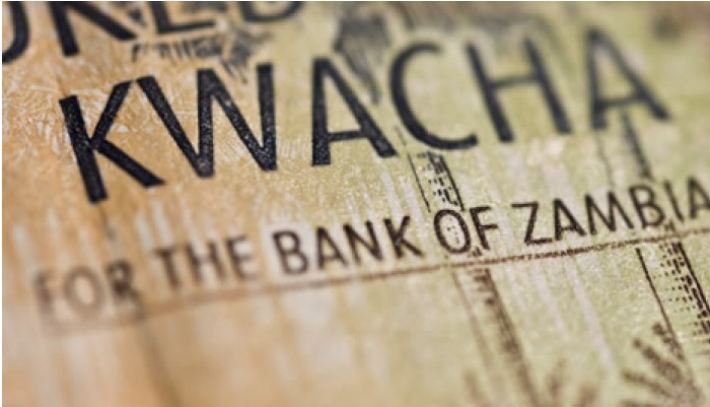The central bank in Africa’s red metal hotspot Zambia, on 14 April provided credit guidelines on the operationalisation of the 3-5yr Medium Term Refinance Emergency Facility (MLTF). In response to the business ecosystem adverse autopsy effects of COVID19, the Bank of Zambia provided a K10billion ($545million) stimulus package to aid the financial sytem cushion impacts of a suppressed growth environment given the business disruption effects on aggregate demand.
At what cost? Pricing is pegged at a 100basis points above the current Monetary Policy Rate – MPR (11.5% +100bps = 12.5%). This is aimed at spurring onward lending, refinance and restructure opportunities for businesses in key sectors to cushion shocks ‘during and post’ COVID pandemic.
Multisectoral funding (Corporates and SMEs). The central bank prescription for accessing the 12.5% MTLF cash life line is that 60% of proceeds should fund set economic sectors such as agriculture, mining, energy and tourism aligned to the Seventh National Development Plan (SNDP) while 40% will house sectors outside the prescribed such as households to include Small to Medium Sized Entrepreneurs (SMEs).
Local ‘illiquid’ paper becomes ‘liquid’ overnight. With every country ‘triple A’ rated for its own paper, the emergency fund will allow for Zambian paper (ex govie securities) that rarely trades to be used as collateral though at deep haircuts. In addition to traditional liquid assets such as government securities, the central bank prescribed for the use of corporate paper and other instruments issued by Financial Service Providers (FSPs) to be used as collateral to unlock cash. The size of the banks performing book as at 31 Dec19 will further determine the size of funds FI’s will be eligible for. However, the hair cuts prescribed on asset classes remain steep and raise concerns because not many players hold government bonds as the appetite skew is more towards shorter dated assets.
Repricing opportunity for banks.The mechanics of this structure allows for banks to reprice their balance sheet funding costs while simultaneously absorbing clients credit appetite in the COVID period.
Cost of funding to ease significantly. With significant liquidity to be provided from statutory reserves the central bank holds and not quantitative easing (printing money) the current elevated cost of funding will ease significantly. The current banking credit pricing model references treasury bill and bond pricing with 1-year cash priced at 29.25% while 5-year paper is at 33%.
Govie premiums to narrow. The spreads (premiums) between 1yr – bills (1,6750bps = 29.5% – 12.5%) and 5yr – bonds (2,050bps = 33%-12.5%) will provide ‘mark to market’ opportunity for interest rate trading in government securities. However this will be more importantly an opportunity for a suppressed economy with bearish trending yields to flatten the Kwacha demand curve which will provide fresh economic stimulus that should get growth bullish once again.
And Pension Funds? Cost of funding does not exempt pension funds who ideally will be forced to make their funds more attractive by asking for more competitive rates (given flush liquidity) on fixed deposits. This could force pension funds to house liquidity in other asset classes such as equities or real estate.
Early bird catches the first worm. Commercial banks that tap into this curve earliest will be best placed to harvest the benefits of this life line and can restructure or reprice their cost of funding.
Zambia’s growth marginally bullish against the odds. Growth for Zambia was earlier revised to below 2% by the MinFin earlier from 3.2%. The copper producer currently grapples with structural issues on the back of rsising debt amidst an energy crisis as dam levels remain low impacting power generating capacity. COVID19 adds pressure to growth as lockdown effects weigh productivity thereby eroding even the little momentum the red metal producer had. With the central bank stimulus measure we reamin optimistic that Zambia will print positive growth in 2020 within the 0.8%-1% surpassing the -1% slide for developing nations projected by the IMF at the spring meetings held virtually.
Co-authored by The Kwacha Arbitrageur and Cynical Investor

